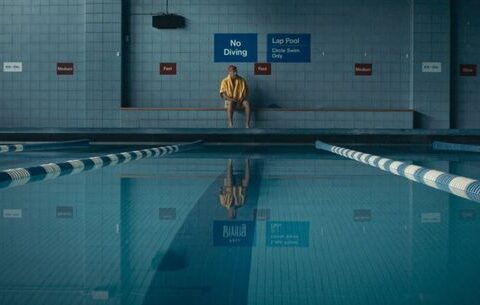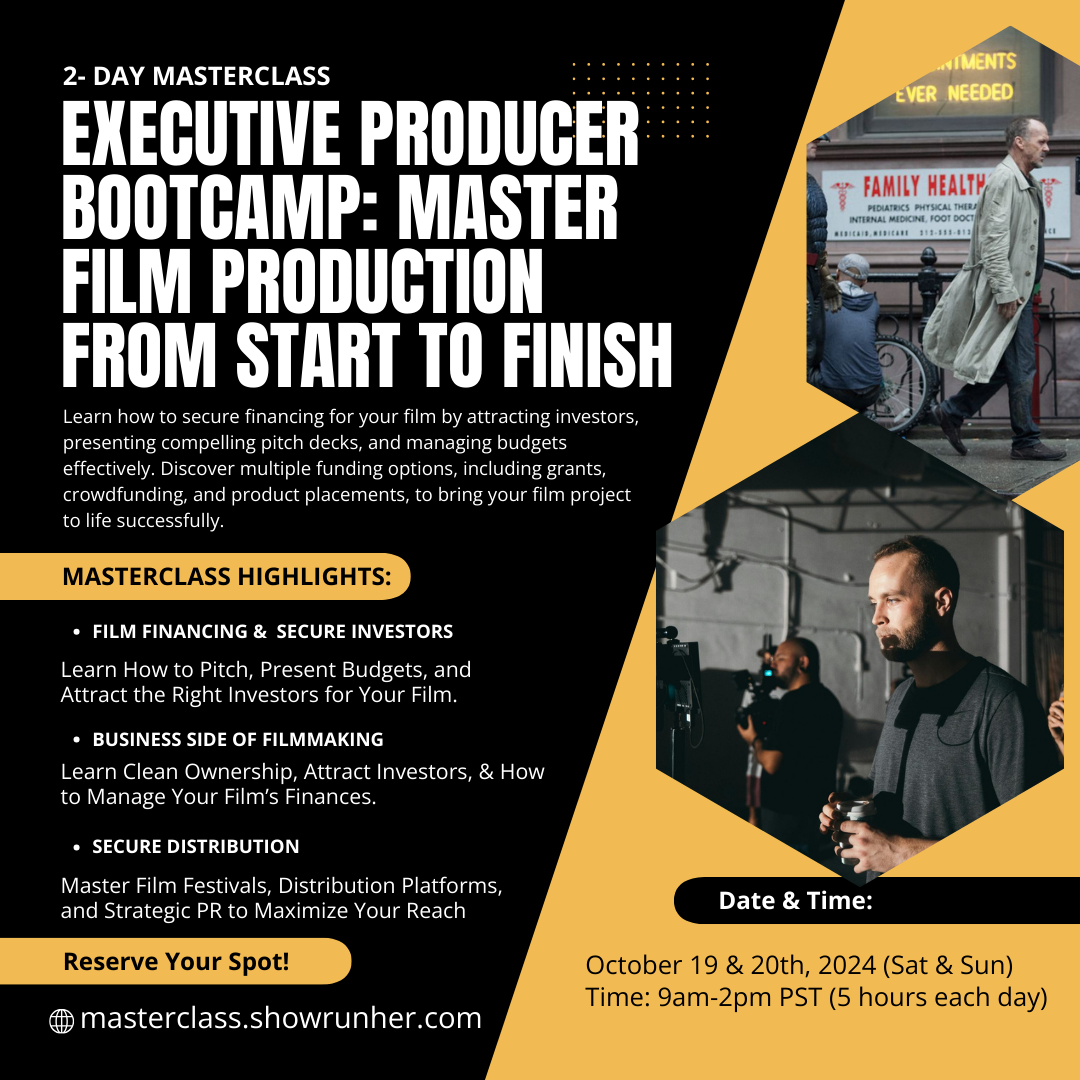Creating a compelling story within a 1-page short film is a challenging yet rewarding exercise for any filmmaker. Whether you’re looking to enter short film competitions, showcase your skills, or experiment with a new genre, writing a 1-page short film forces you to strip storytelling down to its core. It’s about delivering a snapshot of a powerful moment, emotion, or twist without the luxury of multiple scenes or characters. In this blog, I’ll break down the essential steps to writing a 1-page short film, and then share an example horror short to illustrate the process.
Once you’ve finished your script, get a free 1-page screenplay coverage and have it rated by top industry professionals. https://www.wescreenplay.com/first-impression
1. Focus on a Single Moment or Idea
When writing a 1-page short, you have very limited space to develop complex plots, so the key is to focus on a single moment or idea. This could be an emotional turning point, a shocking twist, or a snapshot of a character’s life in extreme circumstances. Your story needs to be hyper-focused, zeroing in on one interaction or event that can be conveyed quickly.
Key factors:
- Stick to one scene or setting to avoid clutter.
- Identify the most dramatic or important moment in the story, and build the entire page around that.
For example, in the horror genre, this could be a brief yet terrifying encounter between a character and a mysterious figure—no long introductions or explanations required. As you begin writing, think of your 1-page short film as a bite-sized moment of suspense or shock.
2. You Have 1-Page to Start Late, End Early
The classic advice “start late, end early” is especially critical for a 1-page film. You don’t have time to set up elaborate backstories or explain how characters got to this moment. Instead, begin the story in the thick of the action, conflict, or tension, and leave the ending open, which invites the audience to engage with the narrative more actively.
In a horror short film, this might mean starting the story just as something terrifying is happening like a character realizing their Uber driver might not be who they say they are and ending it right at the height of tension.
3. Limit Dialogue
Next, consider dialogue carefully. Dialogue can bog down a 1-page film, so it’s essential to keep it brief and impactful. Every line of dialogue should push the story forward, reveal key information, or heighten tension. Rather than using dialogue to explain what’s happening, show it through actions, expressions, and atmosphere.
In a horror setting, suspense is often built through silence and unease, with small, meaningful exchanges between characters that increase tension. For instance, think of films like A Quiet Place, where silence itself becomes part of the terror.
Key factors:
- Aim for minimal, purposeful dialogue that adds to the mood.
- Consider how visuals and sound effects can replace spoken words.
4. Use Simple and Effective Visuals
Additionally, a 1-page short film doesn’t leave much room for elaborate descriptions or complex settings. Instead, focus on simplicity and use your visuals effectively. A single location or minimal movement is often the best choice. In the horror genre, creating an atmosphere with lighting, shadows, and tight spaces can do much of the heavy lifting when it comes to building tension.
For a 1-page horror short, consider a confined space like the backseat of a car at night, where the environment can create an eerie, claustrophobic atmosphere. In this case, the setting becomes part of the horror itself.
5. Deliver a Strong Emotional or Thematic Punch
Furthermore, a successful 1-page short film must leave a lasting impression, whether that’s shock, fear, or reflection. In horror, the goal is to unsettle or terrify the audience in the shortest amount of time possible. This often means delivering a sudden, unexpected twist or an unresolved ending that lingers in the viewer’s mind.
6. Keep It Practical Within Your 1-Page
While creativity is key, it’s also important to stay practical, especially if you plan to film the 1-page short. Horror, in particular, often works best with a small cast, a confined setting, and practical effects rather than relying on CGI. This not only makes production easier but also helps intensify the viewer’s connection to the story.
Now, let’s look at an example to see how these principles come together.
Example: 1-Page Horror Short Film – “Night Shift”
Title: Night Shift
Genre: Horror/Thriller
Logline: A woman’s ride home turns into a nightmare when she realizes her Uber driver is a kidnapper.
INT. UBER – NIGHT VIA CHAT GPT
Key Factors in “Night Shift” Example:
- Single Moment: The story focuses on a single moment of terror the realization that Melissa is trapped in the car with a kidnapper. There’s no backstory or exposition, just immediate, visceral tension.
- Late Start, Early End: The film starts late (mid-ride) and ends early (just as the terror is about to reach its peak). We don’t see what happens next, but the audience is left with the chilling unknown.
- Minimal Dialogue: Dialogue is sparse, building suspense rather than explaining too much. The driver’s few lines add to the eerie atmosphere.
- Effective Visuals: The setting confined car at night adds to the feeling of helplessness. The locked doors, the dark alley, and the GPS showing “Unknown Location” all contribute to the horror.
- Emotional Punch: The unresolved ending leaves the audience on edge. The viewer’s mind fills in the horrifying possibilities, which is often more effective than showing the violence itself.
Conclusion
Writing a 1-page short film forces you to distill a story to its most essential elements. By focusing on a single moment or idea, keeping dialogue minimal, and using visuals to tell the story, you can craft an impactful narrative. In horror, these techniques are especially powerful, allowing you to create suspense and fear within a short, concise story. Now it’s your turn take these tips, and try your hand at writing your own 1-page short film.
Need help with your screenplay? Book a 1:1 session to review your script. Michelle, a festival-nominated writer and producer, knows what it takes to develop a strong script and can help you take yours to the next level. https://calendly.com/showrunher








